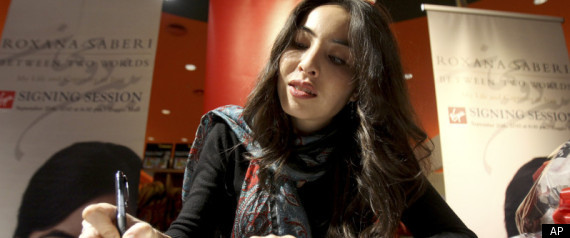As a writer, one opportunity for me to grow is creating an effective title for my piece. An evocative title, one that captures the reader's attention, signifies a significant image in the story and hints toward the overall meaning of the story--this is something I continue to wrestle with.
So I invite you, brilliant scholar-artists, to read this draft of my narrative essay, and suggest a title, please. :)
Also, I welcome your feedback. What do you think is working in this piece? What do you think might be an opportunity for revision?
I look forward to your comments. You may post comments or e-mail your response.
Here it is.
Please,
Don’t Look
(working title)
“What happened to you?” the woman asked,
with fingers touching her neck. “That awful scar?”
I stood at her door, hugging the
clipboard to my chest.
“Apartment fire,” I answered, my voice
quiet, weak.
“Which explains the burns on your
shoulders, where they obviously should have done skin grafts, but the scar on
your neck—your doctors butchered you, and stitched you back together, like
Frankenstein. You poor thing.”
I’d been trying to pretend that my
scars were invisible. Wearing the right clothes usually worked to properly
cover them. A simple t-shirt covered the
worst of the burn scars on my shoulders and back, and a scarf around my neck
hid the surgical scar—but canvassing for nearly five hours in the dead of
August, I hadn’t bothered.
So every door I knocked on, every person
I talked to, pleading with them to stop and care about clean air, to add their
voice with a signature and write a check—pleading with them to listen and don’t
look at my scars. Whether or not anyone actually stared at my scars, I still felt
the burn of their eyes, heard the exclamations that they stifled. (“Look at
her, what a freak! Poor girl.”)
The
ground was solid, stubborn. It wouldn’t budge. I wanted to disappear. I couldn’t
speak. The humid air, so thick, like smoke—I couldn’t breathe. Shame consumed
me.
So when my friend Whitney called and
asked if she could photograph me for her thesis project, I wanted to say yes,
but I hesitated.
“I want to photograph people and
their scars. I want you to be my first model. Because you inspired this idea.”
Whitney was my one friend who’d made
it to the hospital to visit me.
“Okay, sure.”
It was a little after nine o’clock when
I showed up at her loft. Her street was nearly deserted. Autumn waned, winter
was on the way, and her loft was freezing inside. The concrete walls stopped
the wind, but that was all. The air inside was just as cold as it was outside.
“Meg!” Whitney rushed over to me.
“Hey, Whit.”
I fell into the warmth of her reassuring
arms.
She led me into another big, open
room, with a chair, a large camera set on a tripod, and a tall, standing spotlight.
“You’ll sit here,” she pointed to
the chair. “This telephoto lens,” she touched, gently, “is a Hasselblad lens. The
magnifying capacity can capture the tiniest detail, your skin’s pores. What’s
more, this lens has what’s called ‘shallow depth of field,’ so the images
appear three-dimensional. You’ll see things you’ve never seen before.”
I wanted to see the images right now.
“How long will it take? The photographs, I mean.”
“I figure the shoot will take about an
hour. Oh, and there’s about a five-second delay before the camera captures the
image. You’ll need to sit completely still. Hold your breath, if you can.”
The heat from the spotlight warmed
my skin, even more so because I could still sense the cool November air around
us. With every click of the camera, I felt a rush. The telephoto lens seemed
alive—I could feel its breath on my skin. It tickled. On my scars, which no one
ever touched. No one, that is, except for my mom, who’d dressed my wounds three
times a day so they could heal. And Whitney, who’d rubbed the thick, white
medicinal cream over them during her first visit to see me at the hospital.
That spring was her first show.
Entering the Museum of Contemporary Photography, I was excited—and a little
nervous. The work of more than thirty
photographers was featured. I wore a sleeveless dress.
I knew as soon as I saw them. Four
full-color photographs—spider-webs, ocean currents, a cracked desert floor, and
craters on the surface of the moon.
All this time, I’d been trying to find
confidence. It was like exercise. Do fifty more sit-ups. I just have to train harder. Then someday it won’t bother me, what people
think when they see my skin, ravaged by fire. When they see the hideous
surgical scar, like a cruel smile across my neck.
Standing in front of these photographs,
a wave of gratitude swept over me. I was looking in a mirror. No longer a
deformity, my scars are a thing of beauty. They tell the story of my strength
and survival. They tell the story of the doctors and nurses who cared for me
through multiple hospitalizations. They tell the story of my family and friends
who nurtured my spirit through years of healing. These scars are my art.





